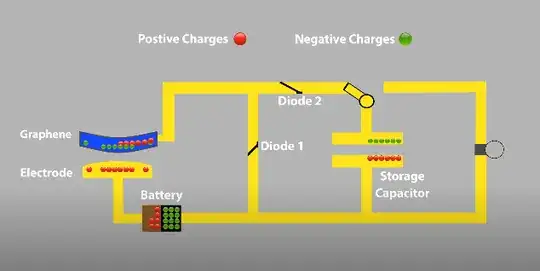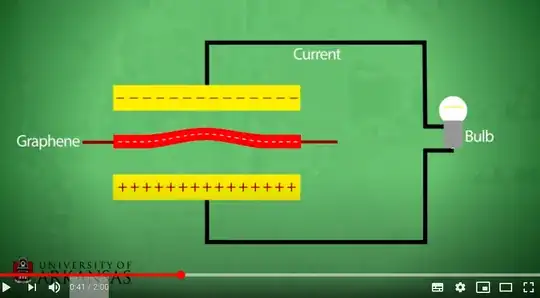In Fluctuation-induced current from freestanding graphene (peer-reviewed version on Phys. Rev. E, note: behind a paywall) Thiabado, et al, report the extraction of work from brownian motion. The experimental set up involves graphene in close but insulated contact with an electrode that charges a battery and a storage capacitor until a switch shunts the potential through a resistor.

This seems to be a Feynman-Smoluchowski ratchet hence perpetual motion of the second kind. If so, where is the flaw in the experiment?
